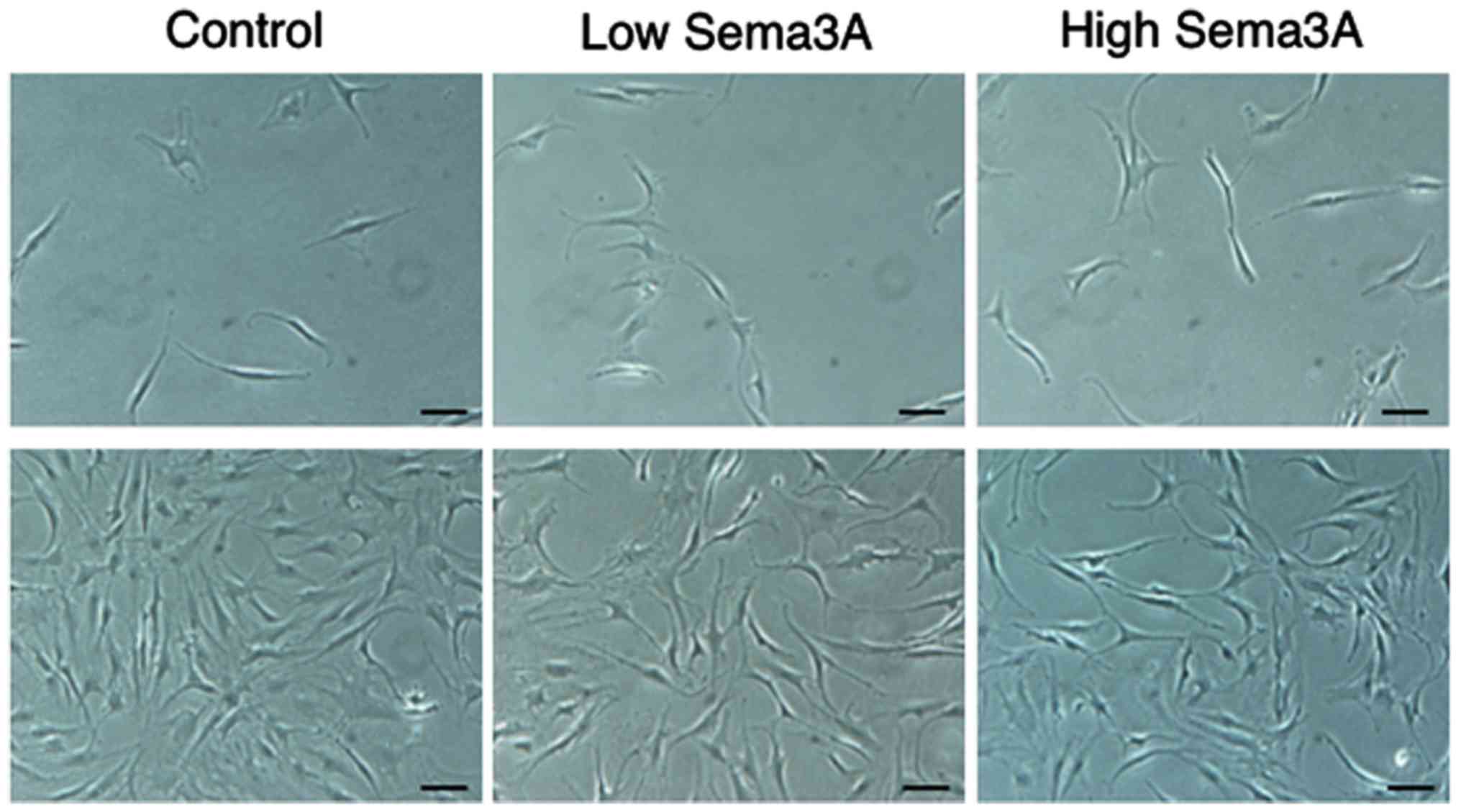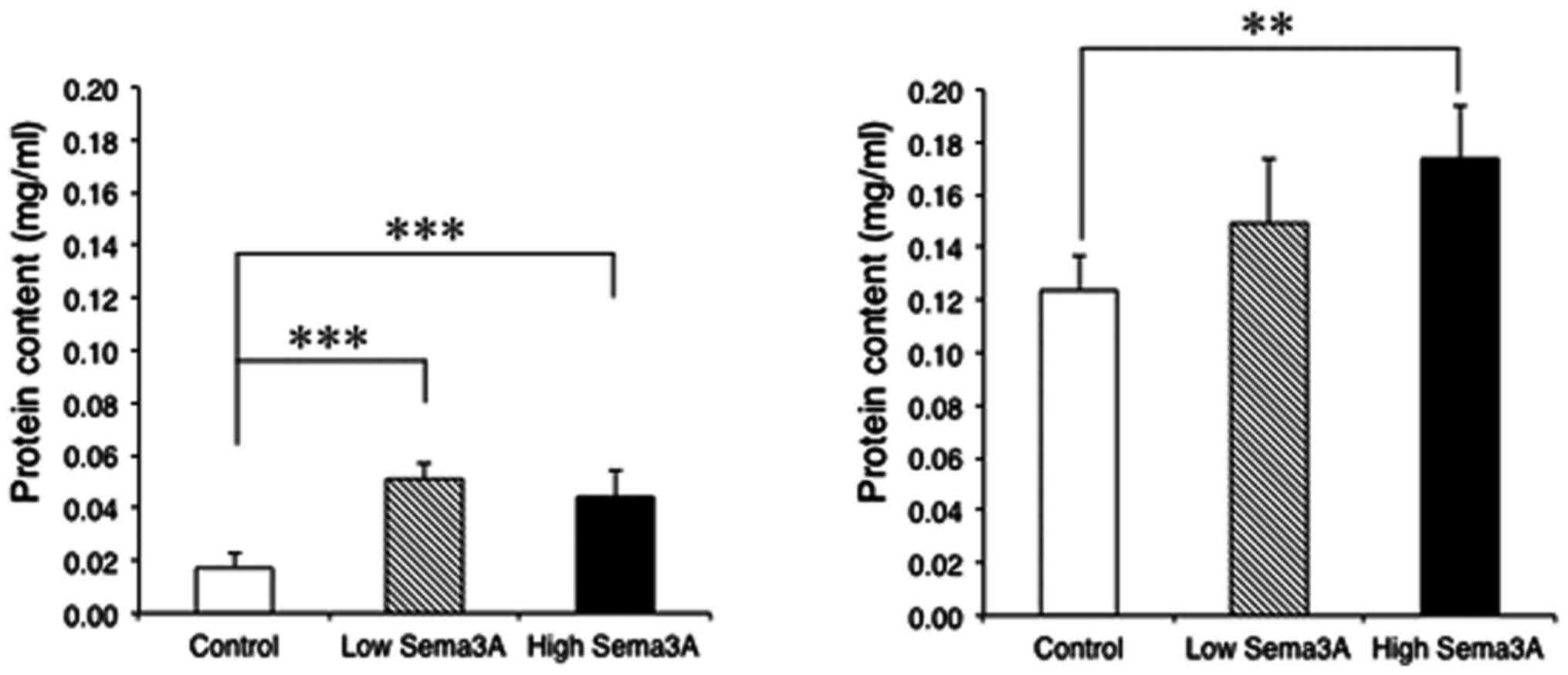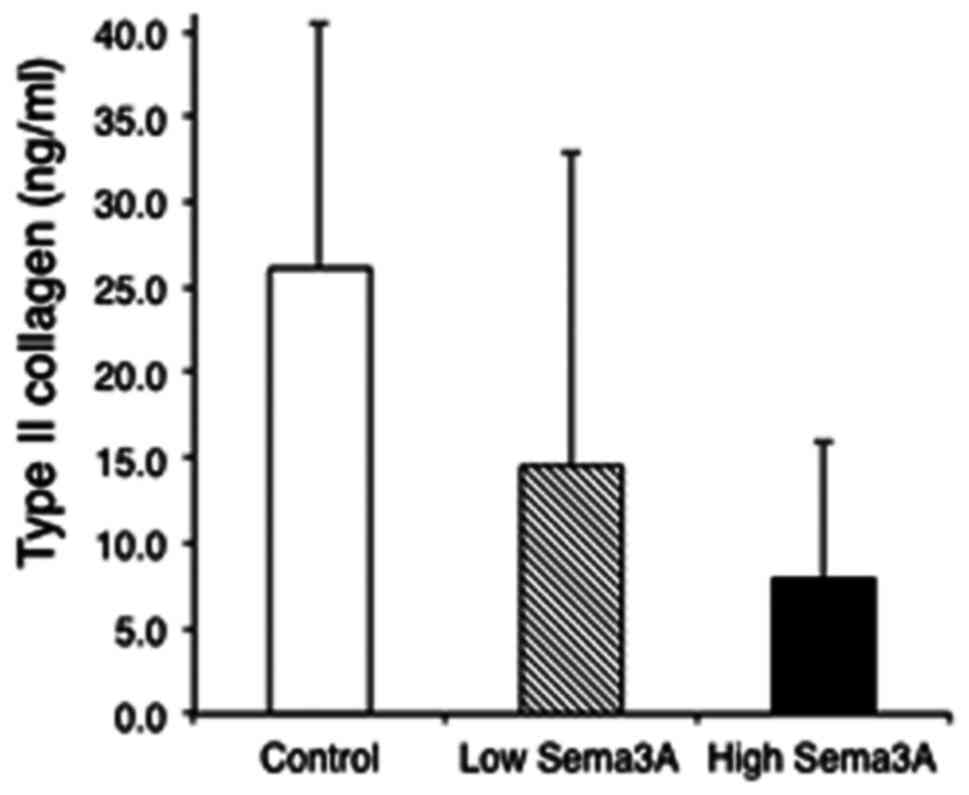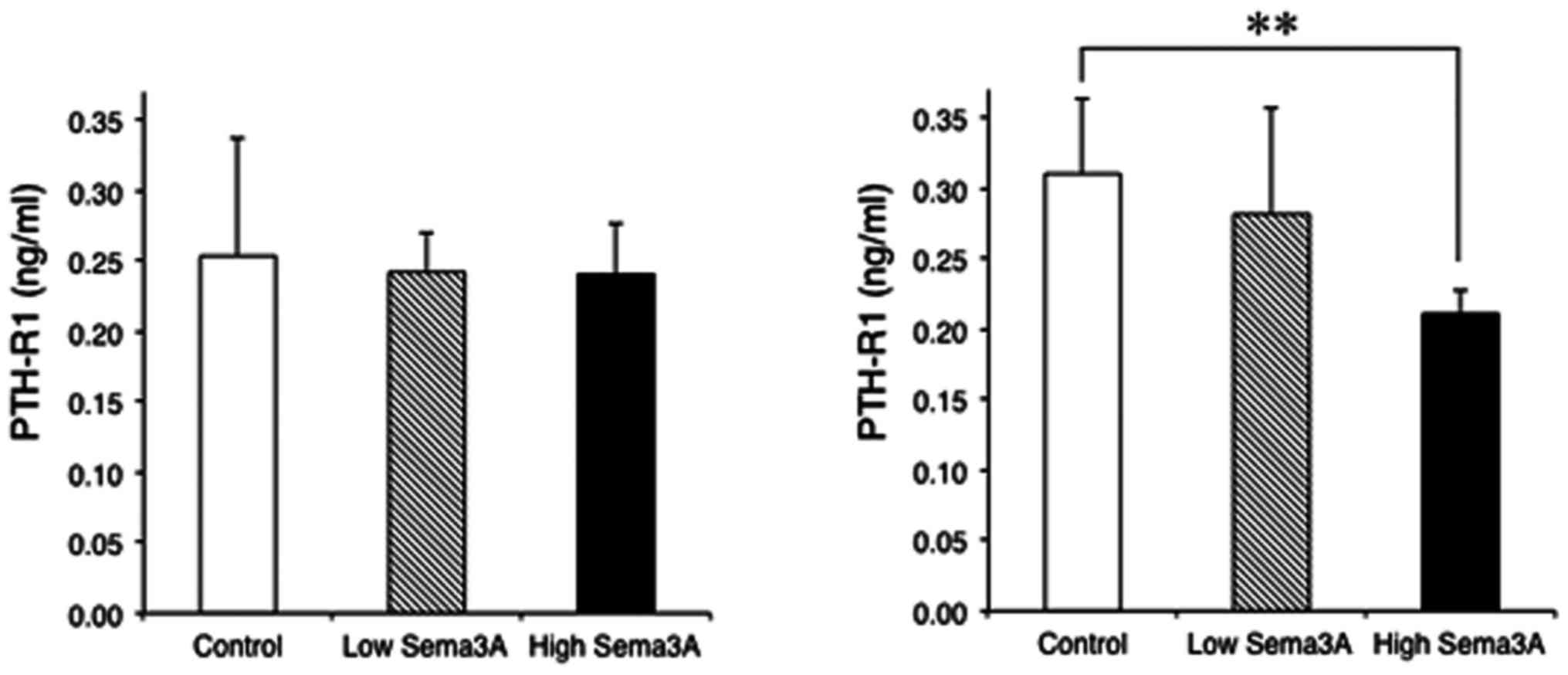|
1
|
Uribe Moreno LM and Miller SF: Genetics of
the dentofacial variation in human malocclusion. Orthod Craniofac
Res. 18 Suppl 1:91–99. 2015. View Article : Google Scholar : PubMed/NCBI
|
|
2
|
Kajii TS and Oka A: Candidate gene
analyses of mandibular prognathism. J Dent Oral Biol.
2:10682017.
|
|
3
|
Ikuno K, Kajii TS, Oka A, Inoko H,
Ishikawa H and Iida J: Microsatellite genome-wide association study
for mandibular prognathism. Am J Orthod Dentofacial Orthop.
145:757–762. 2014. View Article : Google Scholar : PubMed/NCBI
|
|
4
|
Saito F, Kajii TS, Oka A, Ikuno K and Iida
J: Genome-wide association study for mandibular prognathism using
microsatellite and pooled DNA method. Am J Orthod Dentofacial
Orthop. 152:382–388. 2017. View Article : Google Scholar : PubMed/NCBI
|
|
5
|
Wray NR, James MR, Mah SP, Nelson M,
Andrews G, Sullivan PF, Montgomery GW, Birley AJ, Braun A and
Martin NG: Anxiety and comorbid measures associated with PLXNA2.
Arch Gen Psychiatry. 64:318–326. 2007. View Article : Google Scholar : PubMed/NCBI
|
|
6
|
Hayashi M, Nakashima T, Taniguchi M,
Kodama T, Kumanogoh A and Takayanagi H: Osteoprotection by
semaphorin 3A. Nature. 485:69–74. 2012. View Article : Google Scholar : PubMed/NCBI
|
|
7
|
Yoshida S, Wada N, Hasegawa D, Miyaji H,
Mitarai H, Tomokiyo A, Hamano S and Maeda H: Semaphorin 3A induces
odontoblastic phenotype in dental pulp stem cells. J Dent Res.
95:1282–1290. 2016. View Article : Google Scholar : PubMed/NCBI
|
|
8
|
Björk A: Prediction of mandibular growth
rotation. Am J Orthod. 55:585–599. 1969. View Article : Google Scholar : PubMed/NCBI
|
|
9
|
Gomez C, Burt-Pichat B, Mallein-Gerin F,
Merle B, Delmas PD, Skerry TM, Vico L, Malaval L and Chenu C:
Expression of Semaphorin-3A and its receptors in endochondral
ossification: Potential role in skeletal development and
innervation. Dev Dyn. 234:393–403. 2005. View Article : Google Scholar : PubMed/NCBI
|
|
10
|
Chang WM, Lin YF, Su CY, Peng HY, Chang
YC, Hsiao JR, Chen CL, Chang JY, Shieh YS, Hsiao M, et al:
Parathyroid hormone-like hormone is a poor prognosis marker of head
and neck cancer and promotes cell growth via RUNX2 regulation. Sci
Rep. 7:411312017. View Article : Google Scholar : PubMed/NCBI
|
|
11
|
Gründer T, Gaissmaier C, Fritz J, Stoop R,
Hortschansky P, Mollenhauer J and Aicher WK: Bone morphogenetic
protein (BMP)-2 enhances the expression of type II collagen and
aggrecan in chondrocytes embedded in alginate beads. Osteoarthritis
Cartilage. 12:559–567. 2004. View Article : Google Scholar : PubMed/NCBI
|
|
12
|
Tekari A, Luginbuehl R, Hofstetter W and
Egli RJ: Chondrocytes expressing intracellular collagen type II
enter the cell cycle and co-express collagen type I in monolayer
culture. J Orthop Res. 32:1503–1511. 2014. View Article : Google Scholar : PubMed/NCBI
|
|
13
|
Kajii TS, Okamoto T, Yura S, Mabuchi A and
Iida J: Elevated levels of beta-endorphin in temporomandibular
joint synovial lavage fluid of patients with closed lock. J Orofac
Pain. 19:41–46. 2005.PubMed/NCBI
|
|
14
|
Luppanapornlarp S, Kajii TS, Surarit R and
Iida J: Interleukin-1beta levels, pain intensity, and tooth
movement using two different magnitudes of continuous orthodontic
force. Eur J Orthod. 32:596–601. 2010. View Article : Google Scholar : PubMed/NCBI
|
|
15
|
Karaplis AC, Luz A, Glowacki J, Bronson
RT, Tybulewicz VL, Kronenberg HM and Mulligan RC: Lethal skeletal
dysplasia from targeted disruption of the parathyroid
hormone-related peptide gene. Genes Dev. 8:277–289. 1994.
View Article : Google Scholar : PubMed/NCBI
|
|
16
|
Shukunami C, Shigeno C, Atsumi T, Ishizeki
K, Suzuki F and Hiraki Y: Chondrogenic differentiation of clonal
mouse embryonic cell line ATDC5 in vitro: Differentiation-dependent
gene expression of parathyroid hormone (PTH)/PTH-related peptide
receptor. J Cell Biol. 133:457–468. 1996. View Article : Google Scholar : PubMed/NCBI
|
|
17
|
Amizuka N, Kwan MY, Goltzman D, Ozawa H
and White JH: Vitamin D3 differentially regulates parathyroid
hormone/parathyroid hormone-related peptide receptor expression in
bone and cartilage. J Clin Invest. 103:373–381. 1999. View Article : Google Scholar : PubMed/NCBI
|
|
18
|
Kronenberg HM: Developmental regulation of
the growth plate. Nature. 423:332–336. 2003. View Article : Google Scholar : PubMed/NCBI
|
|
19
|
Chung UI, Schipani E, McMahon AP and
Kronenberg HM: Indian hedgehog couples chondrogenesis to
osteogenesis in endochondral bone development. J Clin Invest.
107:295–304. 2001. View
Article : Google Scholar : PubMed/NCBI
|
|
20
|
Ohta K, Mizutani A, Kawakami A, Murakami
Y, Kasuya Y, Takagi S, Tanaka H and Fujisawa H: Plexin: A novel
neuronal cell surface molecule that mediates cell adhesion via a
homophilic binding mechanism in the presence of calcium ions.
Neuron. 14:1189–1199. 1995. View Article : Google Scholar : PubMed/NCBI
|
|
21
|
Takigawa M, Shirai E, Fukuo K, Tajima K,
Mori Y and Suzuki F: Chondrocytes dedifferentiated by serial
monolayer culture form cartilage nodules in nude mice. Bone Miner.
2:449–462. 1987.PubMed/NCBI
|
|
22
|
Sandell LJ and Aigner T: Articular
cartilage and changes in arthritis. An introduction: Cell biology
of osteoarthritis. Arthritis Res. 3:107–113. 2001. View Article : Google Scholar : PubMed/NCBI
|
|
23
|
von der Mark K, Gauss V, von der Mark H
and Müller P: Relationship between cell shape and type of collagen
synthesised as chondrocytes lose their cartilage phenotype in
culture. Nature. 267:531–532. 1977. View
Article : Google Scholar : PubMed/NCBI
|
|
24
|
Benya PD, Padilla SR and Nimni ME:
Independent regulation of collagen types by chondrocytes during the
loss of differentiated function in culture. Cell. 15:1313–1321.
1978. View Article : Google Scholar : PubMed/NCBI
|
|
25
|
Chen G, Sato T, Ushida T, Hirochika R and
Tateishi T: Redifferentiation of dedifferentiated bovine
chondrocytes when cultured in vitro in a PLGA-collagen hybrid mesh.
FEBS Lett. 542:95–99. 2003. View Article : Google Scholar : PubMed/NCBI
|
|
26
|
Caron MM, Emans PJ, Coolsen MME, Voss L,
Surtel DA, Cremers A, van Rhijn LW and Welting TJ:
Redifferentiation of dedifferentiated human articular chondrocytes:
Comparison of 2D and 3D cultures. Osteoarthritis Cartilage.
20:1170–1178. 2012. View Article : Google Scholar : PubMed/NCBI
|


















